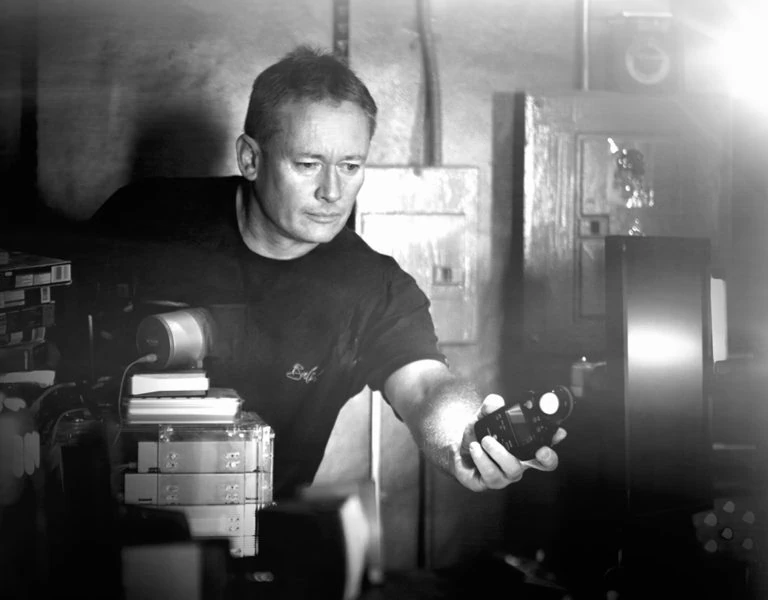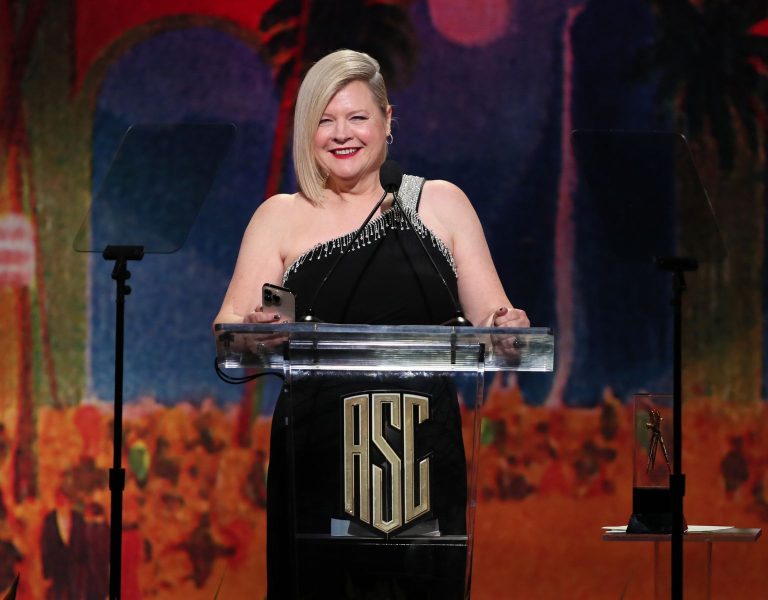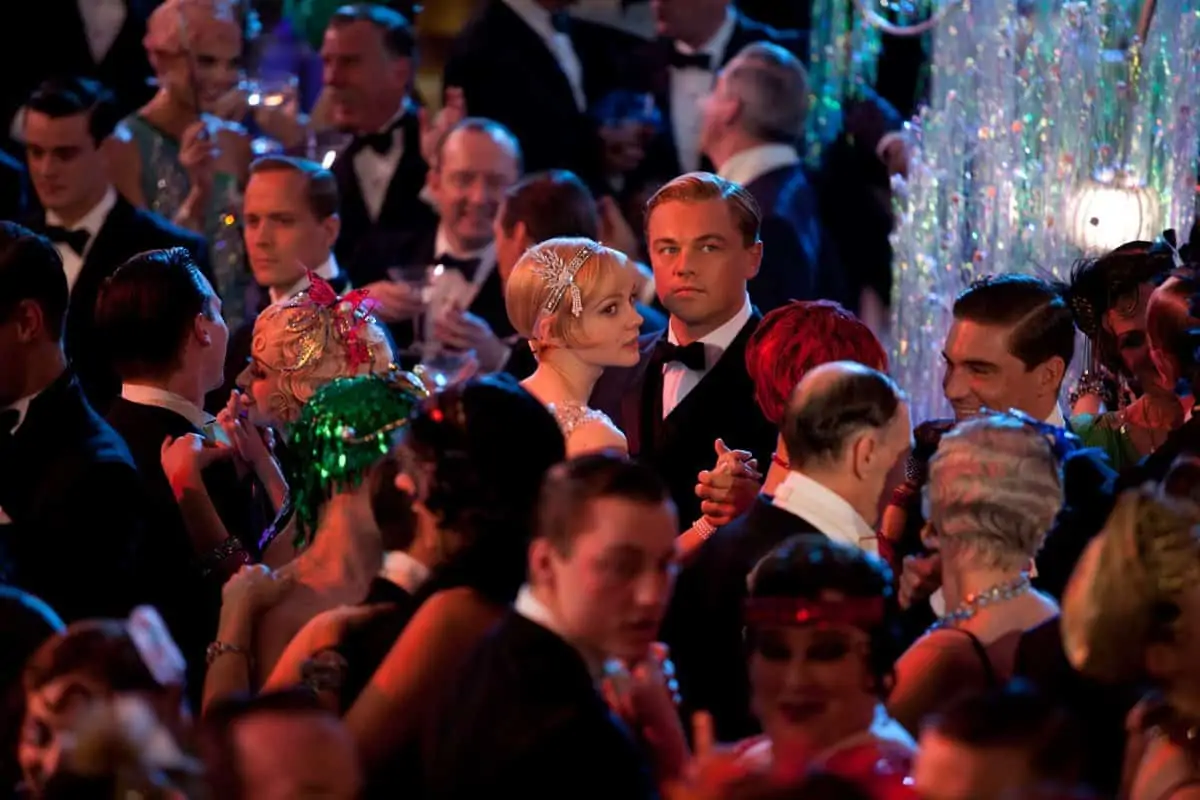RETURN OF THE MAX
Furiosa: A Mad Max Saga is a prequel to Fury Road, exploring Furiosa’s abduction and revenge, with Simon Duggan succeeding John Seale as cinematographer.
Back in 2021, Simon Duggan ASC ACS received a call to meet one of the greats of the industry. “I was very flattered when George Miller called me in for an interview,” says the cinematographer. Miller, the acclaimed Australian filmmaker and mastermind behind the post-apocalyptic Mad Max franchise, was gearing up for the next chapter: Furiosa: A Mad Max Saga. As anyone who saw 2015’s Mad Max: Fury Road will know, Furiosa is the female warrior who teams up with Max as she attempts to escape The Citadel and the clutches of its leader, Immortan Joe.
A prequel to Fury Road, this latest instalment fleshes out Furiosa’s backstory. Played as an adult by Anya Taylor-Joy, who replaces Fury Road’s Charlize Theron, the film stretches back fifteen years, revealing how Furiosa came to be in The Citadel. For Duggan, it was to be a steep learning curve; he was new to the world of Mad Max and to Miller. “Our paths had not previously crossed but in common was the Australian film industry, the film crews and actors we had worked with,” says the New Zealand-born DP, whose past credits include Baz Luhrmann’s The Great Gatsby and Mel Gibson’s Hacksaw Ridge.

With Duggan tasked with taking over from Fury Road’s DOP, John Seale AM ACS ASC he met with Miller during the production of the director’s 2022 fable Three Thousand Years of Longing. “It was a short meeting but we had a great conversation about the Mad Max legacy and how Furiosa as a prequel had been in the works for as long as Fury Road,” says Duggan. Famously, Fury Road had been shot in Namibia, due to weather conditions in Australia requiring the production move to Africa. But this time around Miller would get to film in his beloved homeland, with the team settling in the Outback town of Broken Hill in New South Wales.
It would mean finding a visual consistency between the two films. “Furiosa overlaps Fury Road with the established post-apocalyptic feel of the barren wasteland, War Rigs, vehicles, the Citadel Fortress and inhabitants,” says Duggan. “George talked about the satellite towns of Bullet Farm, the ammunition supplier, and Gas Town, the oil refinery, which had not been visually established in Fury Road.” Other vital landscapes would include the oasis-like ‘Green Place’, where the young Furiosa is abducted and placed in the hands of the film’s new antagonist, Dementus (Chris Hemsworth) and his band of Marauders.
With this expanded playground, Duggan set up different LUTs [Lookup Tables] for each setting to accentuate the colour and tonal differences. “This was an opportunity to give each town a different feel from the already established Citadel Fortress,” he continues. “Our production designer Colin Gibson made each town as individual as possible; the Citadel was close to what was previously established yet we discover more of its cavernous interior. Gas Town has more of a refinery dirty chrome and black oil feel to it and Bullet Farm is more of a rusted metal with red brick smelting towers. The most different look of all is the Green Place, which is a lush green oasis on the edge of the desert.”

The one aesthetic decision that was never in doubt was whether to shoot on digital or film. “George embraced the digital format on Fury Road and I have only been shooting digital since [2009 Alex Proyas-directed thriller] Knowing when the first RED camera was released,” explains Duggan. “We knew we had full control of the image with such a large sensor size and could easily degrade it or add grain in the DI.” The plan was to primarily use the ARRI Alexa 65, an ideal camera to bring a sense of scale to Miller’s world. “The imagery of the desert landscapes has an almost 3D feel with the large format,” says Duggan.
With the Alexa 65 attached to dollies, cranes and remote arm tracking vehicles to capture the film’s myriad action shots, Duggan selected the ARRI DNA Primes as his go-to lenses. “The tuned ARRI DNAs were a great match with the Alexa 65 format,” the cinematographer notes. “ARRI even produced two new full coverage 25mm Primes for the 65mm format, with each lens individually named ‘Furiosa’ and ‘Mad Max’ for our production.”

Lighter, more compact cameras – the Alexa LF, RED Raptor, and RED Komodo – were used for Steadicam work, rig shots or intricate camera sliders which were attached to the undercarriage of the hulking War Rig vehicle. Other lenses used included Fujinon Premista zooms, Angénieux zooms, Canon and Zeiss Compact Primes. “It was an amazing collaboration between ARRI, Panavision and RED to supply all the equipment required on our film,” says Duggan.
Between the main unit and the second unit, approximately seventy-five percent of Furiosa was exterior work. “It was obvious that the desert look was informed by Fury Road and actually the Australian light was even more brutal than what it was in Fury Road which had a fine mist on many days,” says Duggan. “In Broken Hill we had constantly changing weather with rain and 80 km winds one minute to full sun the next. This began on day 1 of our shoot and George and I agreed to embrace the weather as another element of the story.”

The heat is on
To combat the inclement conditions, Duggan’s gaffer Shaun Conway came up with an elegant solution. “[He] set up an array of 6x 18k pars in telescopic handlers that would follow us around to every location. Whether the sun was in or out, they were burning to give us an almost surreal look at times. We would fill exteriors with triple LED Vortex units in a single yoke through sail cloth.” Miller was also keen on shooting ‘day for night’, something he’d experimented with previously. “I now find it a more interesting look,” admits the cinematographer. “In Fury Road it was a primary blue and we softened it off a little for Furiosa.”
Duggan also showed Miller stills of black-and-white film noirs as a reference point. “He was keen to use a few lighting techniques such as slashes across faces or eyes, such as when Furiosa is reversing her car out of the Bullet Farm,” he says. “George always wanted faces and eyes to be well lit so when it came to lighting closeups of our actors, my gaffer Shaun and I paid a lot of attention to the quality of the light, facial modelling and making sure we could read into their eyes. Anya’s eyes especially, they really were a window into her soul.”
The central portion of the film is a staggering on-the-move sequence, as the War Rig is attacked on Fury Road itself by assailants arriving from all angles. The complex set piece had been pre-visualised in 3D creation tool Unreal Engine, with Miller collaborating with 2nd unit director Guy Norris. “In the virtual environment exact measurements of lens angles, camera heights, locations, sun angles, vehicles and speeds, as well as human dimensions, were imported into the system so as we could accurately previs the sequence,” says Duggan. “We then knew how we were going to physically shoot with the equipment we planned to use.”

Getting on the road
The majority of the sequence was shot on a 4km road in the town of Hay, New South Wales, with stunt cars, performers and the 18-wheeler war rig “tracking back and forth along that single piece of highway”. Duggan and 2nd unit/action DP Peter McCaffrey broke down the whole sequence with sun angles and continuity in mind, while dynamism was key. “George wanted the camera to be moving with the action at all times with a little less use of rigged or static observational cameras,” adds Duggan.
Most of the war rig and vehicle stunts were shot using the Edge Arm vehicle, supplied by Los Angeles-based company Performance Filmworks. Remote controlled crane arm operator Rob Petrin and DP/operator Brooks Guyer were also on hand to work it to the max. The other hardware deployed was almost as wide-ranging as that owned by the film’s villainous Immortan Joe: two vehicles, truck and car rigs, four sizes of Scorpio telescopic cranes and a drone to complete aerial shots. On the ground, two Steadicams were always in use, covering the actors.
“A majority of the action with vehicles, stuntmen and actors was achieved in camera,” the cinematographer adds. “For safety reasons we would not put any actors in a dangerous situation which sometimes necessitated simulated travel of the truck using hydraulic motion shakers, high powered wind fans and movement of light and fire effects. For example, this was used for shots of Furiosa hanging underneath the War Rig while fighting off Marauders and repairing the gas line to the War Rig. There was generally more use of rotoscoping than greenscreen as the action was continuously moving and often in 360 degrees.”

As much as Furiosa is dominated by grand, operatic set-pieces, Miller and Duggan also collaborated on some wonderfully subtle shots. Take the moment the film transitions from Furiosa as a little girl to a young adult, with time-lapse photography showing a branch growing over the passing years. “The beginning frames and end frames were shot in camera,” explains Duggan. “I wish I could tell you we had a time-lapse camera running for a couple of years. However, the body of the time-lapse transition was created in VFX.”
While Fury Road became notorious for the difficulties the cast and crew faced, that was not the case this time around. “I wouldn’t say we suffered from too much at all except for Covid,” says Duggan, who reports that the equipment survived the hostile environment. “All of the cameras held up really well and the camera team kept everything meticulously clean. The dust and moisture didn’t seem to affect the camera bodies too much and our grip Adam Kuiper developed an ‘air knife’ system to keep the dust and sand away from the lenses when shooting.”

When it came to grading, Duggan turned to colourist Eric Whipp, who got involved in the process early on as the VFX work commenced. “George saw the importance of the final color grade to help drive the VFX results. Eric worked closely with the VFX team creating final looks for the orange sand storm sequences and the silver blue cast for ‘day for night’ scenes. He also fixed problems caused by the bad weather by adding blue to the skies and reflections in the chrome War Rig tank and maintaining the rich colour of the red earth landscapes.”
The result is easily one of the most beautiful-looking of the Mad Max films, with the dramatic Australian landscapes providing the jaw-dropping backdrop for the relentless action. “For George, I felt the making of Furiosa was almost second nature for him. It’s his story,” remarks Duggan, who seems delighted by not only his collaboration with Miller, but his own first foray into the Mad Max universe. “Overall,” he concludes, “it was one of the most enjoyable shoots I have ever done.”


















